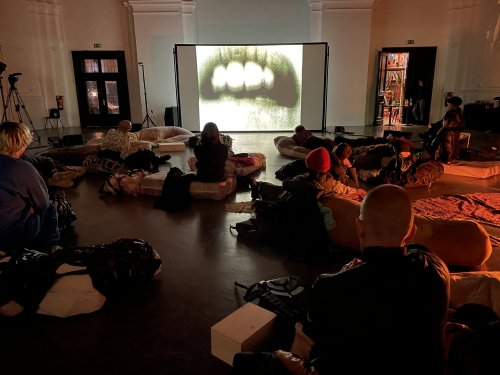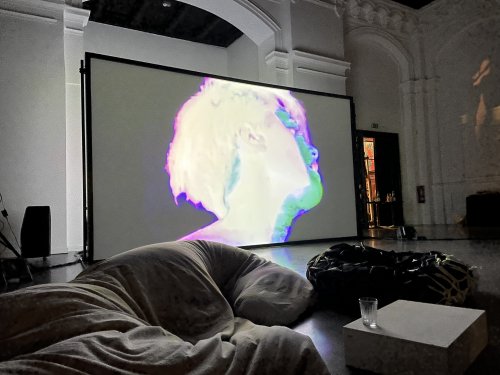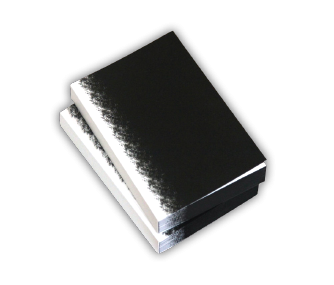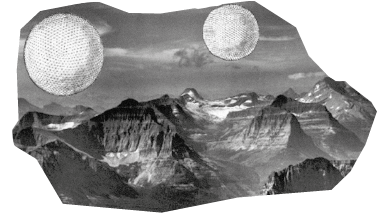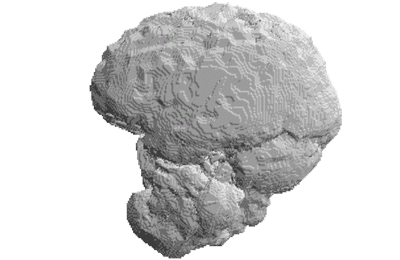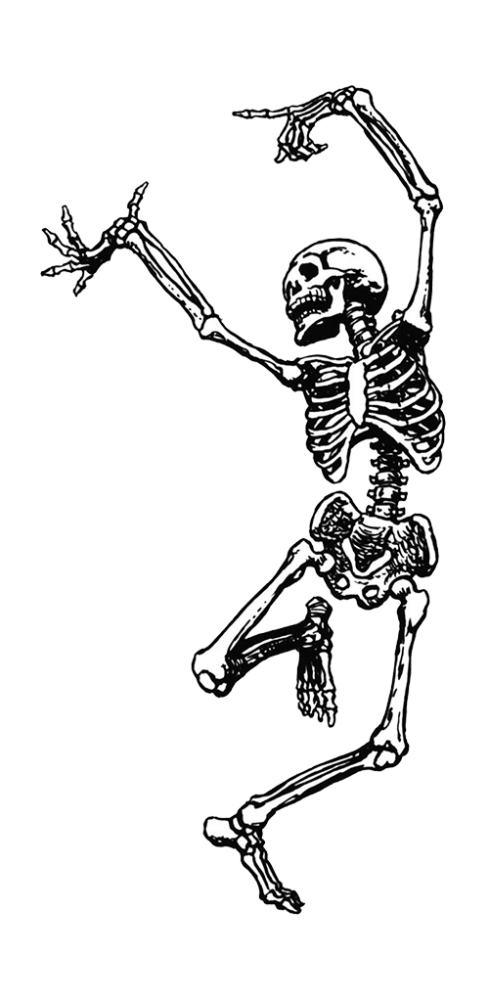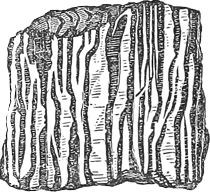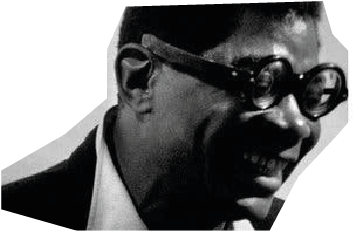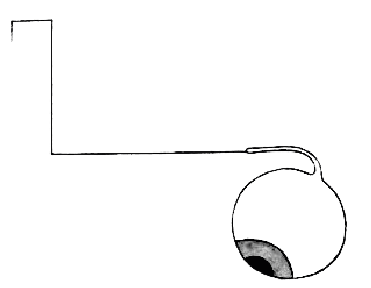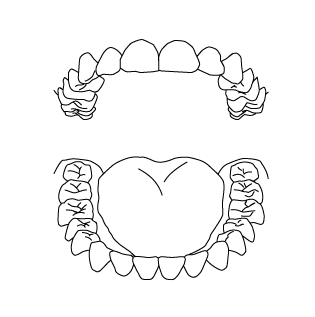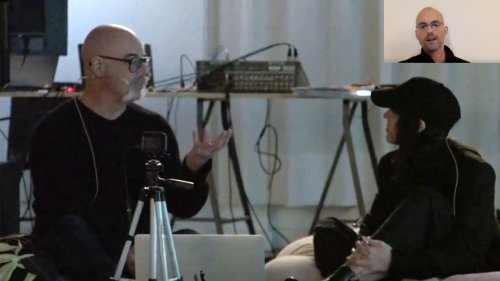24 Nov 16:00 Screening & Talk: Steve Reinke / James Richards, When We Were Monsters
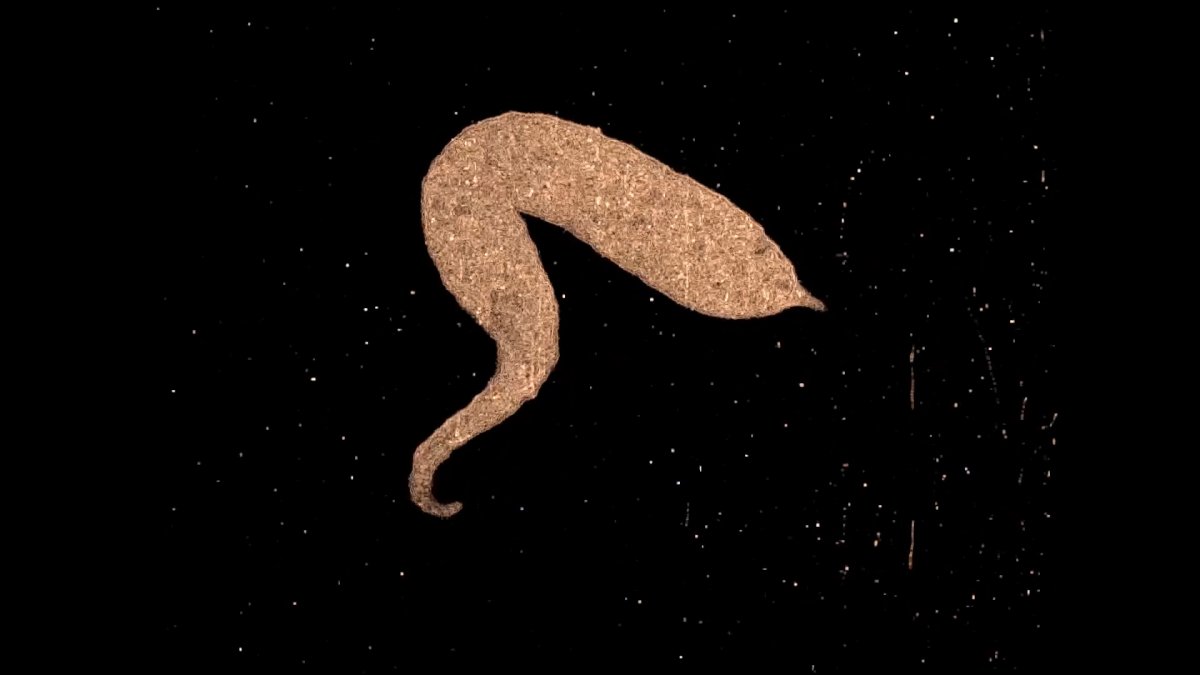
When We Were Monsters, Steve Reinke & James Richards. Screening and discussion, KVHB 2022 //
Steve Reinke / James Richards, When We Were Monsters, 2020, 20.08 mins
in dialogue with the films:
Steina Vasulka, “Violin Power” (1970-1978)
Pat Hearn and Shelley Lake, “Seizure” (1980)
Cinema is always Frankenstein; a composite being. Indeed, what is more monstrous than the cut? The filmic severing of an image from its origin reveals it, making it available for inspection. Working intermittently together since 2008, Steve Reinke and James Richards have been exchanging material across the Atlantic to their respective studios in Chicago and Berlin. Drawing upon a loose shared archive of found and self shot footage, music and found texts culled from essays and poetry, these dismembered fragments slowly assemble into an exquisite corpse.The starting point for When We Were Monsters was a video tape of projection footage made by the artist Gretchen Bender. originally edited as a series of video projections for Bill T Jones’s dance piece Still/Here, for New York’s Whitney Museum in 1994, Bender drew upon a large cache of forensic images given by a plastic surgeon. Clinical images of infections, deformities and morbid injuries are turned by Bender into an abject flicker-film. Made during the beginning of the Covid-19 pandemic of spring and summer of 2020, When We Were Monsters reflects lockdown existentialism with its combination of molecular porosity and existential vastness. Expanding Bender’s medical gaze to include a broader scientific gaze, the film combines new sequences and animations, interleaving texts and a rich soundtrack of audio and spoken word. Often collapsing into an abstract of erotics, we see glimpses of Ivan Pavlov’s ghost dogs, fungi and fovea, wounds, flowers, dust and stains, fire ceremonies, organic flickering, hallucinations and intoxicated language.
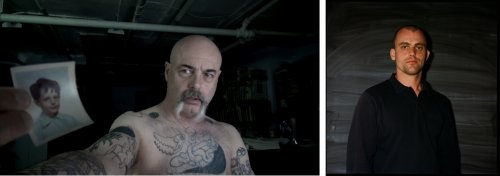
Steve Reinke is an artist and writer best known for his monologue-based video essays. His work is in many collections including the Museum of Modern Art (New York), Centre Pompidou (Paris), MACBA (Barcelona) and National Gallery (Ottawa). He has shown work at many film festivals including Sundance, Berlinale, Rotterdam, Oberhausen, BFI London and the New York FF. He has been in many exhibitions including the Whitney Biennial 2014. He is represented by Galerie Isabella Bortolozzi (Berlin).
The Toronto International Film Festival named his The Hundred Videos (1989 — 1996) one of the 150 essential works In Canadian cinematic history. In 2006 he received the Bell Canada Video Award. A collection of his writings, The Shimmering Beast, was published in 2011. He has co-edited several anthologies, most recently Blast Counter Blast (with Anthony Elms) and The Sharpest Point: Animation at the End of Cinema (with Chris Gehman).
James Richards (b. Cardiff, UK 1983) lives and works in Berlin and London.
Selected exhibitions include: When Were Were Monsters, Haus Mödrath Raum für Kunst, Kerpen,(2021) Alms for the Birds, Castello Di Rivoli, Turin (2020); SPEED 2, Malmö Konsthall w/ Leslie Thornton (2019); SPEED, Künstlerhaus Stuttgart w/ Leslie Thornton (2018); Ache, Cabinet, London (2019); Slight Ache, Chapter Arts Centre, Cardiff (2019); Mouth Room, Galeri Isabella Bortolozzi (2017); Requests and Antisongs, Kestner Gesellschaft, Hannover (2017); Requests and Antisongs, ICA, London (2016); Crossing, Rodeo London (2016); Crumb Mahogan, Bergen Kunsthall (2016); James Richards, Kunstverein München (2015); James Richards, CCA, Kitakyushu (2012); Not Blacking Out, Just Turning The Lights Off, Chisenhale Gallery, London (2011); Art Now, w/ Clunie Reid Tate Britain, London (2010).
Selected group exhibitions include: The Botanical Mind, Camden Arts Centre (2020); Whitney Biennial, Whitney Museum of American Art, New York (2017); Less Than Zero, Walker Arts Center, Minneapolis (2016); Cut to Swipe, MoMA, New York (2014); Frozen Lakes, Artists Space, New York (2013); and The Encyclopedic Palace, 55th International Art Exhibition La Biennale de Venezia, Venice (2013).
In 2017 Richards represented Wales at the 57th Venice Biennale, and he was shortlisted for the 2014 Turner prize.
